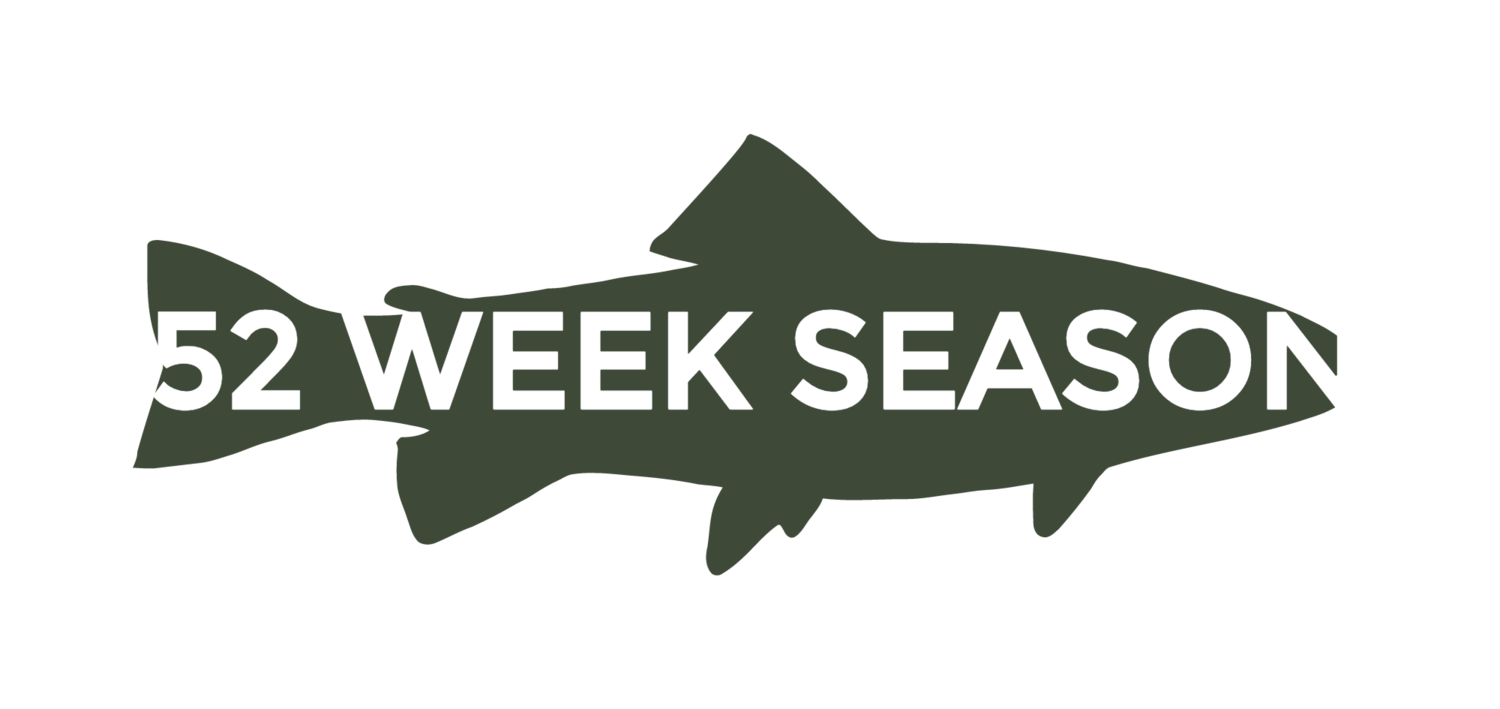"Oh, I've been in over 500 occupied bear dens, and I've been run over by bears in dens about three times."
All tagged Hunting
Larry Case: West Virginia Game Warden
“Taking a guy out of a blind turns out to be one of the most dangerous things you can do.”
Pete Wallace: Chincoteague Hunting
“Wind, tides, currents, ice and coastal storms can move the eelgrass and brant salad miles from where the brant have been feeding.”
Jeff Phillips: Star City Whitetails
“Virginia is now on the map as far as being a big buck state.”
Appalachian Wildlife Foundation: Kentucky Elk
“When I got involved in it, I saw these big mined landscapes, and I really quickly learned that the best deer hunting, turkey hunting, and small game hunting was on the old coal mines.”
Jeff Coats: Pitboss Waterfowl
“It’s rocking and rolling in the boat, and they come in low and fast. It does make for shooting challenging for sure!”
Chris Dollar: Chesapeake Four-Season Sportsman
“If it’s got fins or feathers, I write about it, and chase after it.”
Marcia Pradines: Chesapeake Marshlands NWR
"Hearing the sika bugle in the morning, evening, or the middle of the night — it makes your hair stand up on your neck.
Tyler Johnson: Quaker Neck Gun Club
"If you look at an aerial photo, you’d think you’re in the prairie pothole region!"
Levi Pitcock: Double Spur Outfitters
"It really gets exciting when a bear is so close in the brush that you can hear him eating acorns, and you have to wait for a clear shot."
Paul Padding: US Fish and Wildlife Service
"This upcoming season, we’ll have a two-bird daily bag limit on black ducks. ... . We shall see if it has an impact but I’m very excited about it."
Week 19. Ducks Unlimited: 80 Years of Conservation
"I have a particular affinity for hunting the Susquehanna Flats. ... You can harvest just about any and every waterfowl species that migrates through Maryland in this single location."
Week 17. Delta Waterfowl: the Duck Hunter's Organization
"What’s great about the mid-Atlantic is that you have a real diversity of species, that all converge from a bunch of different places. "
Week 16. Marc Puckett: Virginia Bobwhite Quail
"The best dollars spent are on habitat first."
Week 15. Tyler Frantz: Pennsylvania Natural Pursuit Outdoors
"There’s a week around the middle of October in Pennsylvania when you can bow hunt, muzzleloader hunt, duck season starts, trapping for furbearer season starts, you can hunt small game like pheasants, grouse, squirrels and rabbits, and of course, you get into some of the best fall trout fishing."
Week 11. Will Payne: Virginia Sportsmen's Foundation
"I consider myself lucky to have met so many great people over the last decade who represent the very best of what hunting means."
Week 9. Tee Clarkson: Richmond Four-Season Sportsman
"We don’t necessarily have the best trout, the best duck hunting, or the best upland bird hunting — but we have all of it! "
Week 8. Sean Mann: World Champion Goose Gunner
"Making a better call meant being a better hunter, which meant being a better guide, which meant better pay, which meant I could spend more time hunting!"
Week 6. Backcountry Hunters & Anglers: Sportsmen's Voice For Wild Public Lands
"With such a large and dense population trying to enjoy resources, we want to highlight how important backcountry is in the mid-Atlantic."
Week 5. 001 Outdoor Adventures: Piedmont Upland Birds
"My operation runs a 13 month-a-year calendar!"




















